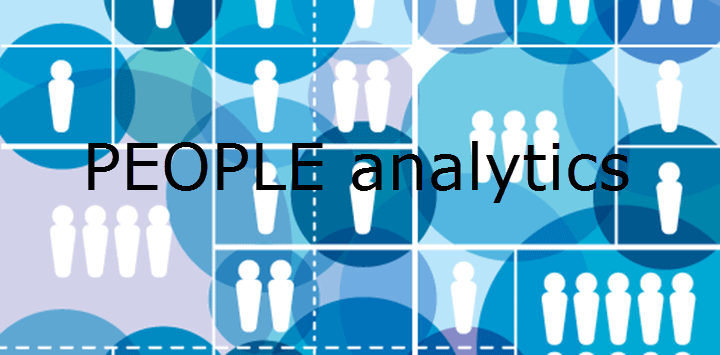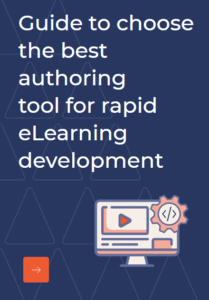What makes an organization? The infrastructure or its mission-vision or the value it provides in terms of services/products, or its overall market value? All those factors do make it complete, but the essence of any organization are its people. Quoting from a book titled 'I Am Number Four', "A place is only as good as the people you know in it. It's the people that make the place."
For decades the Human Resource department (HR), has handled the most powerful resources of an organization-its employees. Every function within the organization, from product/service delivery, annual turnaround, infrastructure value etc. have mathematical values, analytical aspects, comparative factors etc. that define growth or loss. An aspect hitherto unapplied measure the people within an organization.
The HR matrix has mostly been defined in terms of Trust, relationship, understanding etc. But, with organizations like Apple and Google paving a different path, the future of HR is set to change course.
Data Defines It All
Big Data is no longer an Alien term. Most organizations have set out at utilizing the huge data mine available to them and utilizing it to improve their overall productivity, effectiveness and so on. Organizations use analytics to determine the type of training require, the effectiveness of training delivered, to assess the efficiency of the machinery imported and what not. So, why shouldn’t a function that highly impacts the functioning of the organization do so too? It’s time HR shifted it course from that of following hunches and personal feelings and let data do the work.
The Era of People Analytics
According to Google, “People Analytics is about using a data-driven approach to inform your people practices, programs and processes. Analytical techniques, ranging from reporting and metrics to predictive analytics to experimental research can help you uncover new insights, solve people problems and direct your HR actions.”
People analytics was a parameter earlier termed as talent/workforce analytics. According to Michael Housman, Former Chief Analytics Officer of Cornerstone OnDemand and Current Workforce Scientist in Residence at hiQ Labs, there are typically four stages associated with people analytics:
- Ad hoc question answering - The most common form of analysis done to get hold of a particular situation or question by using Excel spreadsheets or other data sources. question. Say for instance, finding the effectiveness of the referral program.
- Retrospective data analysis - This stage includes more data and hence involves pulling it into a centralized location to do retrospective analysis using basic statistical techniques like correlations, line graphs and others. This is either done manually or automated using Business Intelligence platforms, Dashboards etc.
- Predictive analytics - This is a more advanced form of analysis and involves pulling data together into a single, centralized location and using more advanced econometric techniques (e.g., multivariate regression) for predictive modeling and “what if” analysis.
- Experimental design - This is by far the most advanced stage of analytics as it involves engaging in experiments and A/B testing to identify true drivers within the workforce, studying which methods/interventions are most effective, and then applying them to the non-experimental population.
Over the years different organizations have been using different stages of the people analytic model. Some restricted to just the ad-hoc question answering while others have move as far as experimental designing to get the most out of their workforce. The areas where analytics is most effective from the HR point of view are:
- Recruitment - for balanced analysis, removal of bias. Google has even created an effective hiring algorithm- called 'Project Janus', an algorithm for each large job family that analyzes rejected resumes to identify any top candidates who they might have missed. And guess what, their miss rate is only 1.5%.
- Performance - Analyzing the performance of the employees periodically is a critical function of the HR. Analytics can help in analyzing the capability gap, formulating improvement plans and in turn enhance the overall performance of the organization.
- Retention - Attrition rates have been haunting organizations forever. Why lose valuable employees when you can retain them. Using the data to analyze the behavior, and even find factors affecting their loyalty, people analytics can make a difference by assisting in making decisions, creating policies for improving employee retention.
Although Analytics can help in getting higher ROI, most organizations are hardly aware of its potentials, let alone be capable of utilizing it. According to Deloitte’s Global Human Capital Trends 2015-Leading in the new world of work, more than 80 percent of HR professionals are less proficient in using analytics.
We had also written about the Key Trends In People Analytics from an HR Perspective. People Analytics is definitely a game changer for HR, but for doing so they need training. Any ideas eLearning developers? Guess HR Training is something we need to work on next.



